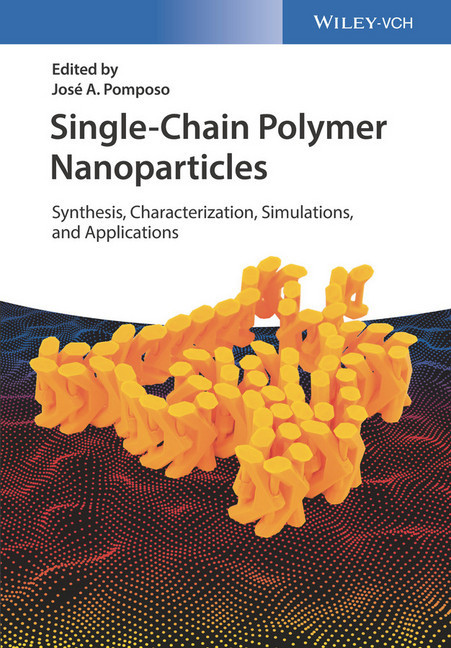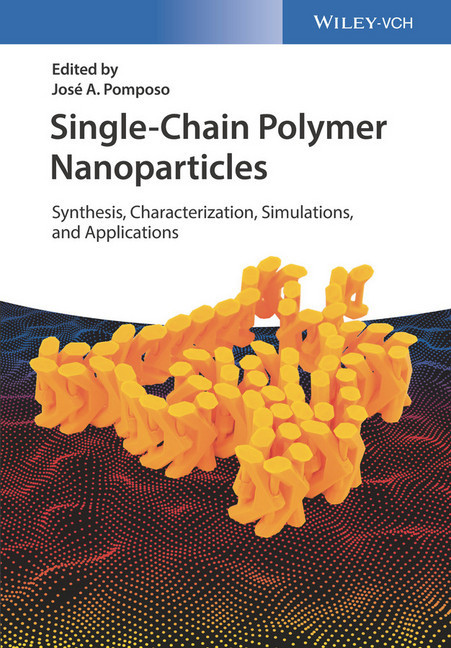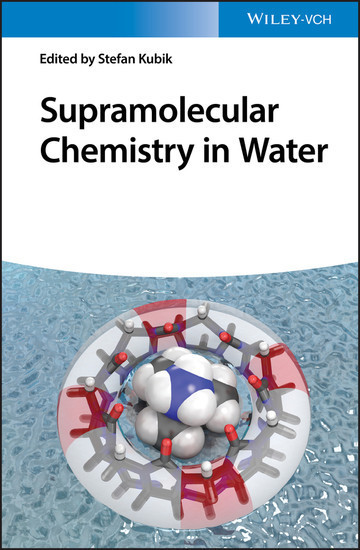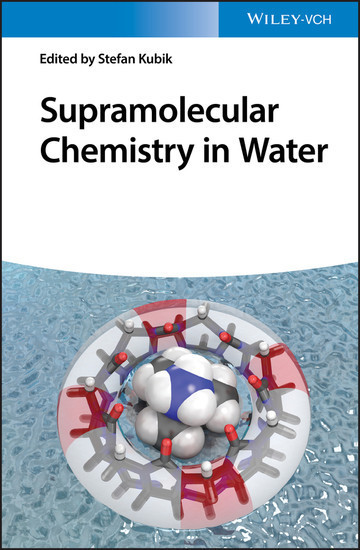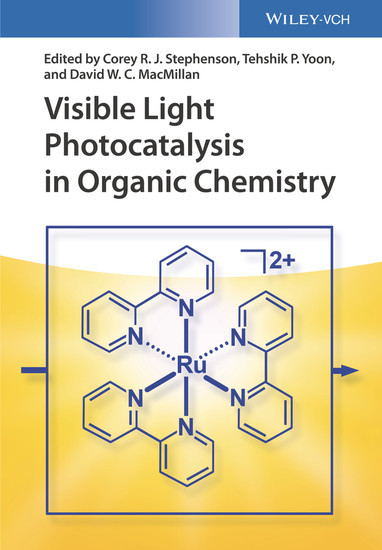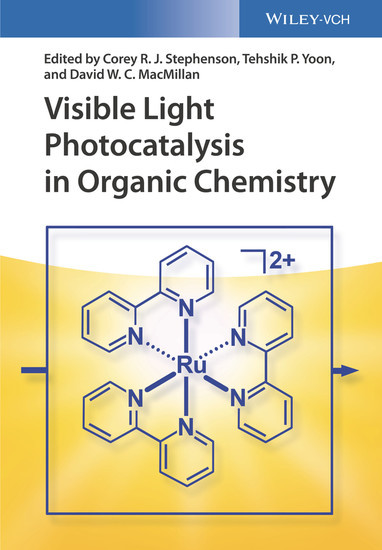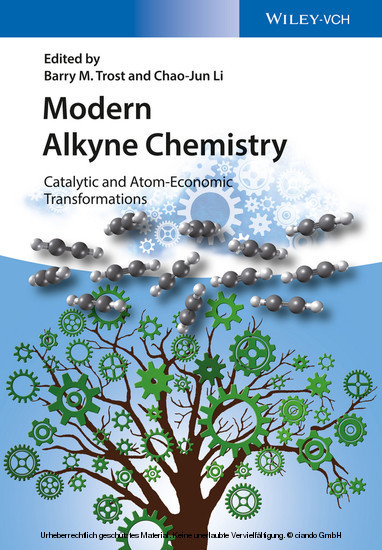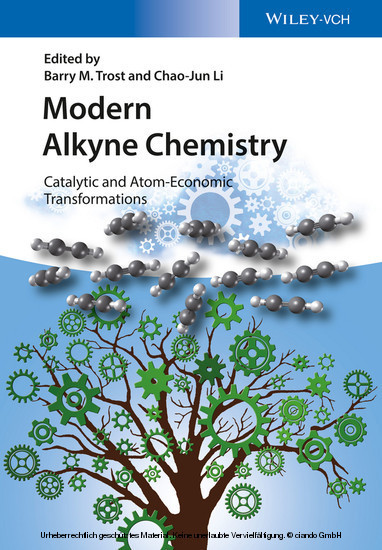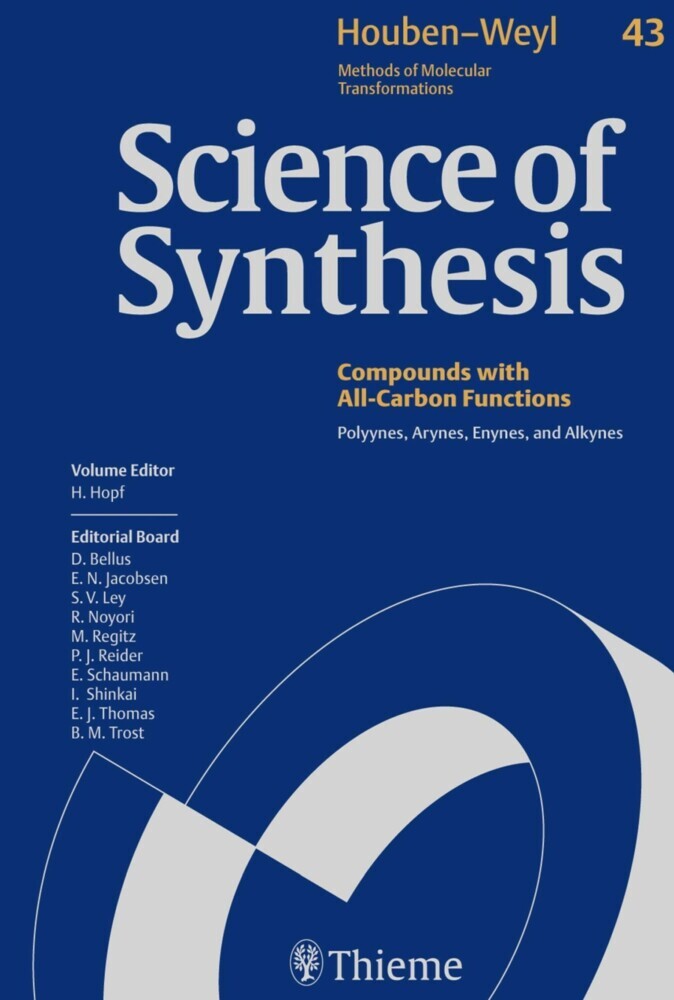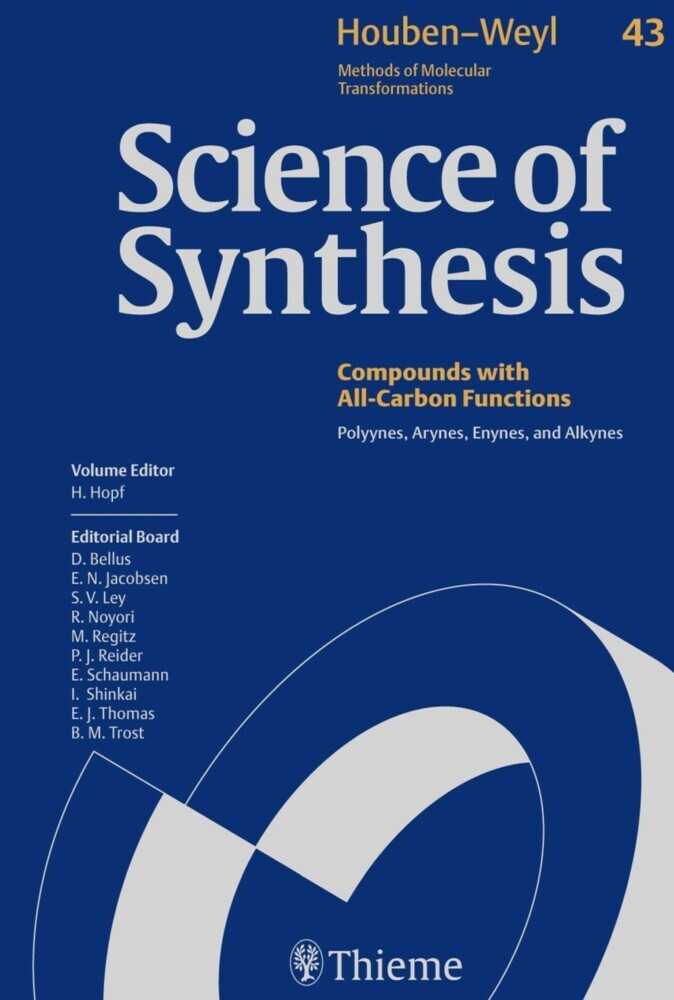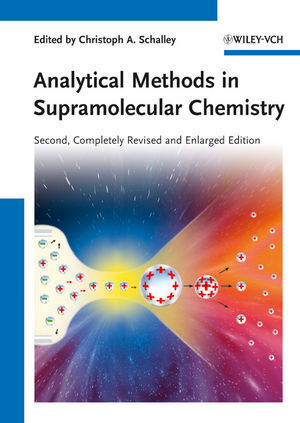Single-Chain Polymer Nanoparticles
Synthesis, Characterization, Simulations, and Applications
Single-Chain Polymer Nanoparticles
Synthesis, Characterization, Simulations, and Applications
This first book on this important and emerging topic presents an overview of the very latest results obtained in single-chain polymer nanoparticles obtained by folding synthetic single polymer chains, painting a complete picture from synthesis via characterization to everyday applications.
The initial chapters describe the synthetics methods as well as the molecular simulation of these nanoparticles, while subsequent chapters discuss the analytical techniques that are applied to characterize them, including size and structural characterization as well as scattering techniques. The final chapters are then devoted to the practical applications in nanomedicine, sensing, catalysis and several other uses, concluding with a look at the future for such nanoparticles.
Essential reading for polymer and materials scientists, materials engineers, biochemists as well as environmental chemists.
Jose A. Pomposo is IKERBASQUE Research Professor at the Materials Physics Department of the University of the Basque Country - UPV/EHU. He is in charge of the Chemistry Laboratory oriented to Polymer Synthesis of the Polymers & Soft Matter Group. He received his Ph.D. from the University of the Basque Country in 1994. He spent 12 years as Head of the New Materials Department in a Technological Research Center, and 1 year at the Donostia International Physics Center - DIPC. He has contributed to more than 130 scientific publications and 9 international patents.
His research interests include the synthesis of uniform soft nano-objects, research on the structure, dynamics & self-assembly behaviour of complex single-chain nano-objects, and the construction of hybrid organic nanostructures.
The initial chapters describe the synthetics methods as well as the molecular simulation of these nanoparticles, while subsequent chapters discuss the analytical techniques that are applied to characterize them, including size and structural characterization as well as scattering techniques. The final chapters are then devoted to the practical applications in nanomedicine, sensing, catalysis and several other uses, concluding with a look at the future for such nanoparticles.
Essential reading for polymer and materials scientists, materials engineers, biochemists as well as environmental chemists.
Jose A. Pomposo is IKERBASQUE Research Professor at the Materials Physics Department of the University of the Basque Country - UPV/EHU. He is in charge of the Chemistry Laboratory oriented to Polymer Synthesis of the Polymers & Soft Matter Group. He received his Ph.D. from the University of the Basque Country in 1994. He spent 12 years as Head of the New Materials Department in a Technological Research Center, and 1 year at the Donostia International Physics Center - DIPC. He has contributed to more than 130 scientific publications and 9 international patents.
His research interests include the synthesis of uniform soft nano-objects, research on the structure, dynamics & self-assembly behaviour of complex single-chain nano-objects, and the construction of hybrid organic nanostructures.
1;Cover;1 2;Title Page;5 3;Copyright;6 4;Contents;7 5;List of Contributors;13 6;Preface;17 7;Chapter 1 Synthetic Methods Toward Single-Chain Polymer Nanoparticles;19 7.1;1.1 Introduction;19 7.2;1.2 Single-Chain Rings via Irreversible and Reversible Bonds;20 7.3;1.3 Single-Chain Nanoparticles via Irreversible Bonds;26 7.4;1.4 Single-Chain Nanoparticles via Supramolecular Chemistry;35 7.5;1.5 Single-Chain Nanoparticles Based on Dynamic Covalent Chemistry;50 7.6;1.6 Conclusions and Outlook;51 7.7;Acknowledgments;52 7.8;References;52 8;Chapter 2 Computer Simulations of Single-Chain Nanoparticles;65 8.1;2.1 Computer Simulations in Soft Matter Science;65 8.2;2.2 Simulation of Single-Chain Nanoparticles: Antecedents;67 8.3;2.3 A Bead-Spring Model for Single-Chain Nanoparticles;68 8.4;2.4 Conventional Routes in Good Solvent: Sparse Single-Chain Nanoparticles;71 8.4.1;2.4.1 The Simple Case: SCNPs from Homofunctional Precursors;72 8.4.2;2.4.2 SCNPs Synthesis via Orthogonal and Multi-orthogonal Protocols;75 8.5;2.5 Routes to Globular Single-Chain Nanoparticles;79 8.5.1;2.5.1 Bonding Mediated by Long Linkers;81 8.5.2;2.5.2 Solvent-Assisted Routes;82 8.6;2.6 Sparse SCNPs: Analogies with Intrinsically Disordered Proteins;88 8.7;2.7 Globular SCNPs: A New Class of Soft Colloids;93 8.8;2.8 Conclusions and Outlook;97 8.8.1;2.8.1 SCNPs as Nanofillers in All-Polymer Nanocomposites;98 8.8.2;2.8.2 Nonlinear Rheology of SCNPs;99 8.8.3;2.8.3 SCNPs under Pulling Forces;99 8.9;Acknowledgments;100 8.10;References;100 9;Chapter 3 Characterization of Single-Chain Polymer Nanoparticles: Analytical Techniques;109 9.1;3.1 Introduction;109 9.2;3.2 Single-Chain Polymer Nanoparticle Characterization via Size Exclusion Chromatography (SEC);110 9.2.1;3.2.1 Standard Calibration SEC;110 9.2.2;3.2.2 Measuring Single-Chain Polymer Nanoparticle Formation via SEC-MALS;116 9.2.3;3.2.3 Measuring Single-Chain Polymer Nanoparticle Formation via SEC and Viscometry;118 9.3;3.3 Spectroscopic Characterization of Single-Chain Polymer Nanoparticles;120 9.3.1;3.3.1 Single-Chain Polymer Nanoparticle Characterization via Standard 1D 1H NMR;121 9.3.2;3.3.2 Single-Chain Polymer Nanoparticle Characterization via Other Nuclei 1D NMR;121 9.3.3;3.3.3 Single-Chain Polymer Nanoparticle Structural and Conformational Characterization via NMR;122 9.3.4;3.3.4 Single-Chain Polymer Nanoparticle Characterization via IR, UV-vis, CD, and Fluorescence Spectroscopy;128 9.4;3.4 Characterization of Single-Chain Polymer Nanoparticle Morphology;130 9.4.1;3.4.1 Morphological Characterization via TEM;130 9.4.2;3.4.2 Morphological Characterization via AFM;132 9.4.3;3.4.3 Morphological Characterization via Scattering;138 9.5;3.5 Conclusions and Outlook;140 9.6;References;141 10;Chapter 4 Structure and Dynamics of Systems Based on Single-Chain Polymer Nano-Particles Investigated by Scattering Techniques;147 10.1;4.1 Introduction;147 10.2;4.2 Scattering Experiments;148 10.3;4.3 Sources and Instrumentation;154 10.3.1;4.3.1 Sources;154 10.3.2;4.3.2 Diffraction;154 10.3.3;4.3.3 Quasielastic Neutron Scattering;156 10.4;4.4 Application of Scattering Techniques to Polymeric Systems;158 10.4.1;4.4.1 Polymer Melts;158 10.4.2;4.4.2 Polymer Solutions;164 10.5;4.5 SCNPs in Dilute Solution;166 10.5.1;4.5.1 How Globular Are SCNPs in Good Solvent?;167 10.5.2;4.5.2 Chain Dynamics;170 10.6;4.6 SCNPs in Bulk;176 10.7;4.7 All-Polymer Nano-Composites: SCNPs Dispersed in a Linear Polymer Matrix;177 10.7.1;4.7.1 Interpenetration of the Components;178 10.7.2;4.7.2 Dynamic Asymmetry;180 10.7.3;4.7.3 Selecting Component Contributions by Deuterium Labeling;181 10.7.4;4.7.4 Dynamics of SCNPs Observed by QENS;183 10.7.5;4.7.5 Linear Polymer Matrix Dynamics;183 10.8;4.8 SCNPs as Confining Medium of Linear Chains;190 10.9;4.9 Conclusions;191 10.10;Acknowledgments;192 10.11;References;192 11;Chapter 5 Dynamically Folded Single-Chain Polymeric Nanoparticles;201 11.1;5.1 Introduction;201 11.2;5.2 Single-Chain Polymeric Nanoparticles versus C
Pomposo, José A.
| ISBN | 9783527806416 |
|---|---|
| Artikelnummer | 9783527806416 |
| Medientyp | E-Book - PDF |
| Copyrightjahr | 2017 |
| Verlag | Wiley-VCH |
| Umfang | 416 Seiten |
| Sprache | Englisch |
| Kopierschutz | Adobe DRM |

